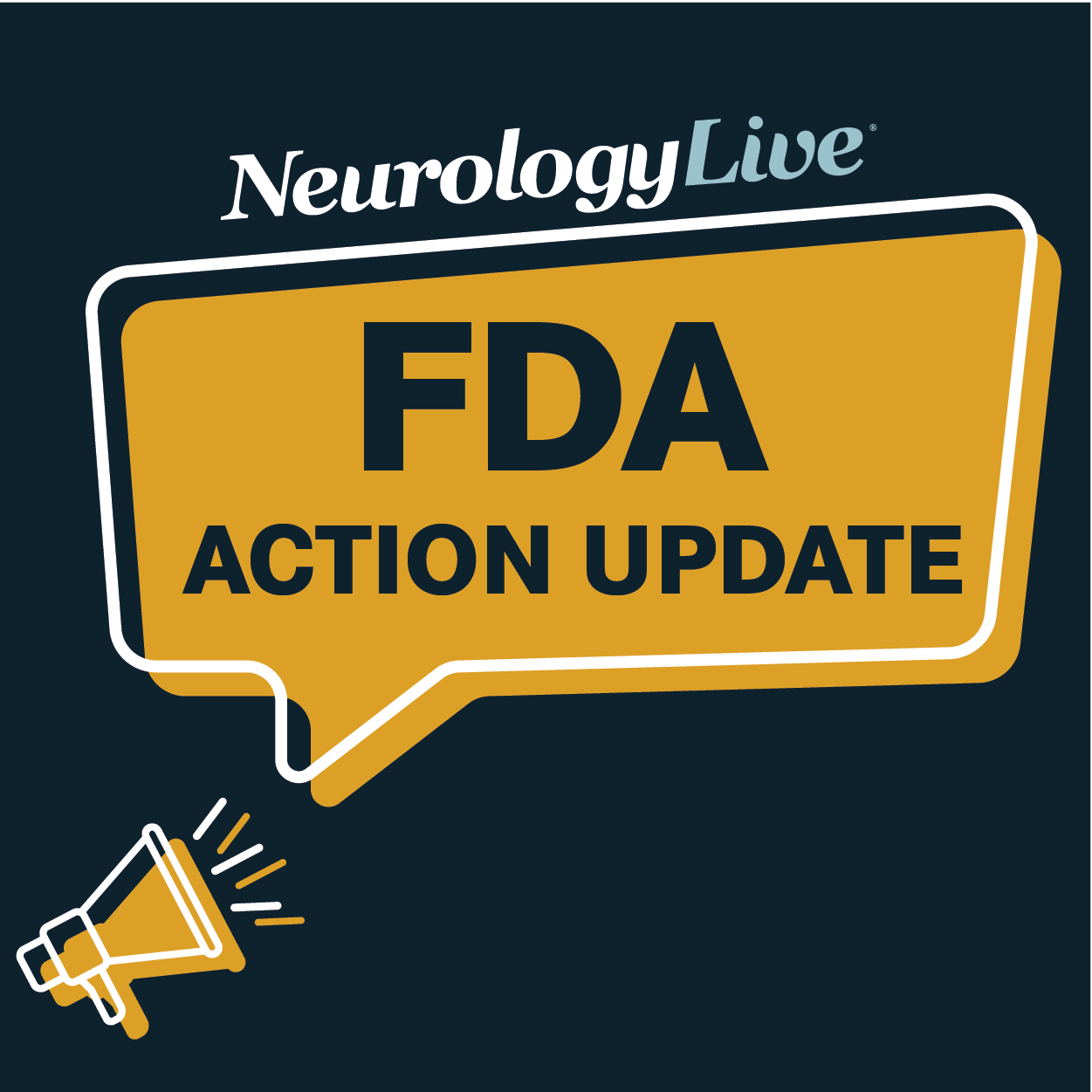News
Article
Sinaptica’s Transcranial Magnetic Stimulation Device Meets Primary End Point in Phase 2 Trial of Alzheimer Disease
Author(s):
Key Takeaways
- Personalized rTMS targeting the precuneus significantly slowed cognitive decline in mild-to-moderate Alzheimer's disease over 52 weeks.
- The study met its primary endpoint, with rTMS-treated patients showing a 44% slower progression in Clinical Dementia Rating-Sum of Boxes scores.
In one of the longest trials of brain stimulation in Alzheimer disease, repetitive transcranial magnetic stimulation led to a reduced decline in CDR-SB, as well as positive impacts on cognitive function and functional abilities.
Giacomo Koch, MD, PhD

Newly announced findings from a 52-week, phase 2 study (NCT05454540) showed that personalized treatment with transcranial magnetic stimulation (rTMS) of the precuneus (PC) may slow down the impairment of cognitive functions, activities of daily living, and behavioral disturbances in patients with mild-to-moderate Alzheimer disease (AD). Overall, the study met its primary end point, with treated patients demonstrating a significant effect on the primary end point of change in Clinical Dementia Rating-Sum of Boxes (CDR-SB).1,2
Published in Alzheimer’s Research & Therapy, the trial featured 48 patients with mild-to-moderate AD testing the effects of the SinaptiStim System, a novel approach using non-invasive personalized precision neuromodulation. Calibrated to each individual’s brain, the treatment is delivered in weekly sessions in a recliner ranging from 20 minutes with the first-generation system to 6 months with the second-generation system. In the study, patients underwent a 2-week intensive course where rTMS (or sham) was applied over the PC daily, followed by a 50-week maintenance phase in which the same stimulation was applied once weekly.
Results showed that after 52 weeks, repetitive TMS of the PC had a significant effect on the primary end point of CDR-SB, with treated patients demonstrating a mean change of 1.36 (95% CI, 0.68-2.04) compared with mean changes of 2.45 (95% CI, 1.85-3.05) for the sham group. For context, this represented a 44% slowing of AD progression over the 12-month period observed. Of note, patients receiving PC-rTMS generally showed a slower decline compared with the sham-rTMS group at week 36 (P = .041) and week 52 (P = .007).
"This publication reaffirms our confidence in the potential for our non-invasive precision neuromodulation therapy, nDMN, to slow the impairment of cognitive functions, preserve activities of daily living, and reduce behavioral disturbances in patients with AD," lead investigator Giacomo Koch, MD, PhD, Sinaptica scientific co-founder, neurologist, professor of physiology at the University of Ferrara, and director of the Non-Invasive Brain Stimulation Laboratory at the Santa Lucia Foundation, said in a statement. "We continue to build on our positive clinical evidence including with a just-initiated Phase 2 study in patients with early AD, as well as ongoing preparations to launch a pivotal trial in mild-to-moderate patients."
Those on active treatment outperformed sham on a number of secondary outcome measures, including the ADCS-ADL. When comparing the 2 groups, those who received PC-rTMS demonstrated differing scores at al time points during the study, with higher ADCS-ADL scores (week 12: P = .010; week 24: P = .013; week 36: P = .003; week 52: P <.001). Overall, the estimated mean change at week 52 was –1.5 for the active group and –11.6 for the sham-rTMS group.
Additional secondary data showed that those on PC-rTMS had a slower disease decline, as indicated by results on the ADAS-Cog score. All told, 52-week findings revealed a mean change of 5.9 (95% CI, 3.718-8.081) for the active group and 10.4 (95% CI, 7.336-13.463) for those on sham. On Mini-Mental State Exam (MMSE), those in the PC-rTMS group showed stable performance, indicated by mean change of –1.1 (95% CI, –2.428 to 0.228) whereas those in the sham group showed a progressive decline, reflected through scores of –3.9 (95% CI, –5.868 to –1.931).
"These peer reviewed results not only highlight the treatment’s durability in all disease domains over one year, but the data also points to the importance of confirming broad network engagement of the DMN by measuring distal evoked potentials via neuronavigated TMS-EEG technology," Ken Mariash, chief executive officer at Sinaptica, said in a statement.1 "This highly personalized approach ensures the neuromodulation pulses can reach distal targets in the DMN so as to induce widespread neuroplasticity throughout the DMN—and furthermore to personalize the dose for every patient to stay within safe-yet-effective bounds."
Patients in the PC-rTMS group demonstrated stable performance on the Neuropsychiatric Inventory (NPI; P = .157), whereas those in the sham group continued to progressively decline (week 12-Wo [first visit]: P = .009; week 24-Wo: P <.001; week 36-Wo: P <.001; week 52-Wo: P <.001). On NPI, the estimated mean change at week 52 was 3.28 (95% CI, –0.422 to 6.982) and 6.91 (95% CI, 3.114-10.705) for sham. Among the NPI subitems, there were significant changes on appetite disturbance, apathy, and euphoria (P <.05).
In the trial, TMS-evoked potentials (TEPs) showed expected deflections lasting ~150 ms. While generalized linear mixed model analysis revealed no significant effects on TEP amplitude, source propagation, or EEG spectral power, a significant correlation was found between primary outcome changes at week 52 and fronto-medial source propagation in the PC-rTMS group (r = -0.594; P = 0.02), but not in the sham-rTMS group (r = -0.247; P = 0.41).
This study's limitations include potential bias from patients extending participation from a previous trial, a single-site design with a modest sample size, and disruptions due to the COVID-19 pandemic, which led to patient dropouts. Additionally, no CSF or blood-based biomarkers were monitored to confirm rTMS's biological effects, warranting further investigation in future trials.





